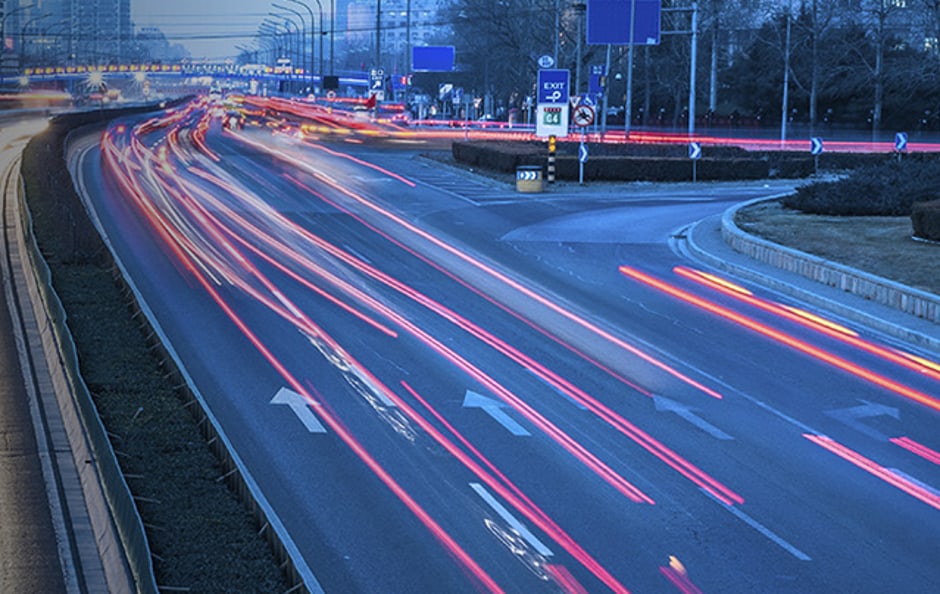
The companies have announced they will work together to accelerate the development and use of Internet of Things (IoT) connectivity within the automotive industry.
As part of the alliance, the companies are planning to work on projects to improve the safety, security and entertainment capabilities of cars.
In particular, the alliance will investigate 5G and autonomous vehicle technologies, as well as vehicle-to-vehicle and vehicle-to-infrastructure communications, and in-vehicle entertainment, according to Phil Skipper, head of business development, IoT, at Vodafone.
Unlike personal transportation today, where cars are typically owned and driven by a single person or household, the industry is moving towards shared ownership, with cars as a service, said Skipper.
That shift will see companies wanting to protect their assets with advanced telematics and asset tracking technologies, and to do that, they will need IoT connectivity, he said.
“On the other hand, you will also need a way for customers to buy those services, and they’re going to do that using their smart phones,” he said.
The companies are aiming to simplify the deployment of IoT technology, as well as developing new systems and making the network certification process easier.
Vodafone has been testing cellular-vehicle-everything (C-V2X) technology in Germany for the past two years. The company has integrated the C-V2X technology with adaptive cruise control, a driver assistance system that warns the driver if something untoward happens on the road, and automatically speeds up or slows down in response.
The company has also opened a 5G lab and test track at Aldenhoven in Germany, where it works with car manufacturers and tier one suppliers to develop new technologies using 5G.
“So for example, we have done tests using 5G to create a see-through van,” said Skipper. “So if you’re driving behind a van you can actually see from your car what is in front of the van,” he said.
The company has also tested the use of a drone flying over a hidden dip in the road, to allow oncoming cars to see if there is anything on the other side of the dip, he said.
“We have also done tests for vehicle-to-vehicle communication, so if a vehicle that is further along the road than you starts to aquaplane, say, it can send you a message to warn you there is a problem with the road coming up,” said Skipper.
What’s more, Vodafone is also involved in a cross-industry research consortium in Germany, which is testing 5G technologies on the A9 motorway. The consortium is testing systems such as vehicle-to-vehicle and vehicle-to-infrastructure technologies, and heavy goods vehicle platooning.
“So 5G is going to be quite game-changing in the way that vehicles operate together,” said Skipper.
Of course, all of these services will require access to consistent wireless network coverage. When it comes to safety-critical services such as autonomous driving, Skipper believes some of the concerns about network coverage could be addressed by a staged approach, in which cars increase their functionality as they get closer to areas with a stronger signal.
“So if you’re driving out in the countryside, you would be driving predominantly manually, and then if you move onto the A-roads you’ll then start to take advantage of things like vehicle-to-infrastructure communication for traffic lights and motorway signage,” he said. “Then when you get into the city, that’s where you’re likely to be driving fully autonomously.”




Project to investigate hybrid approach to titanium manufacturing
What is this a hybrid of? Superplastic forming tends to be performed slowly as otherwise the behaviour is the hot creep that typifies hot...